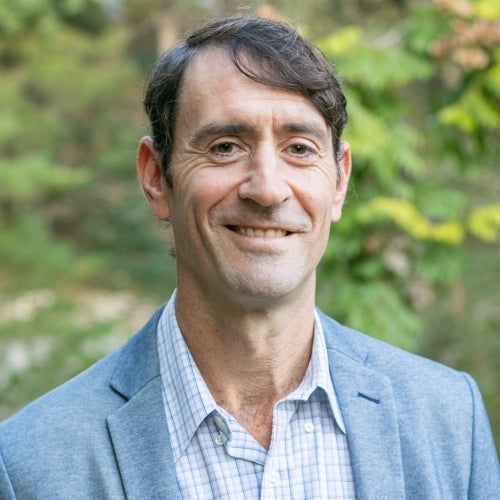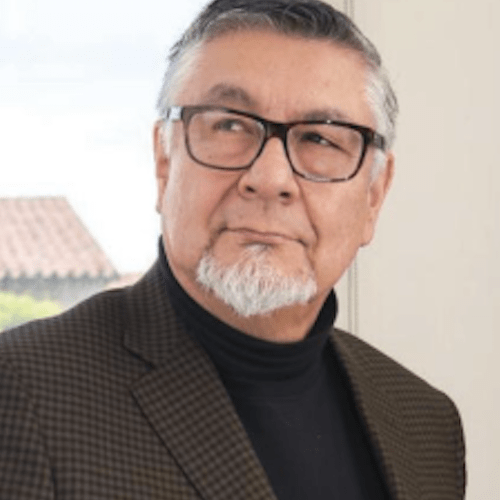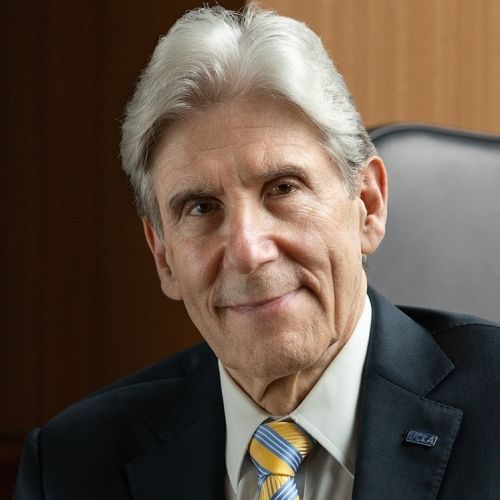Long-term care hospitals keep patients longer than necessary for financial reasons
Medicare payment policy encourages delaying discharges, a UCLA study concludes.

Long-term care hospitals — which care for people whose medical conditions require relatively lengthy treatment — are keeping patients longer than necessary because of the way that Medicare determines payment rates, according to a study from the UCLA Fielding School of Public Health.
Medicare pays these hospitals at a higher rate for patients who stay for at least a certain number of days; the minimum number depends on the condition for which they are receiving treatment.
This payment system has led to longer stays and discharge patterns that appear to be based on financial considerations rather than solely on patient need, the new study concludes. Its findings, which appear in the current issue of the journal Health Affairs, come at a time when Medicare is actively seeking to reform its payment policy for long-term care hospitals.
The UCLA researchers analyzed a national sample of patients who required prolonged mechanical ventilation — the most common treatment needed by patients in long-term care hospitals, and one of the most costly — to weigh the impact of a 2002 Medicare payment policy change that established a minimum number of days patients must stay for the hospitals to receive the maximum allowed payment.
The researchers found that in the years after the policy’s implementation there was a substantial spike in the percentage of people who were discharged on and immediately after the point at which the hospital would qualify for the maximum payment, while few patients were discharged before then. By contrast, prior to 2002, discharges were evenly distributed around the day that later became the threshold. These findings were similar at both for-profit and nonprofit long-term care hospitals, and they held true for all surviving patients regardless of whether they were discharged to their home, a nursing home or an acute-care hospital.
“The current payment policy has created unintended yet strong incentives for long-term care hospitals to base discharges on payments and not patient needs,” said Jack Needleman, the Fred W. and Pamela K. Wasserman Professor and Chair of the Department of Health Policy and Management at the Fielding School and the study’s senior author. “This practice of keeping patients in the hospital who would otherwise have been discharged in order to maximize payment is not in the best interest of patients, and it also comes at a high cost to Medicare.”
Long-term care hospitals first emerged in the 1980s as an alternative to lengthy acute-care hospital stays for patients with complex medical problems who need prolonged hospital-level care — such as those requiring weaning from mechanical ventilators, long-term intravenous medications, and/or complicated wound or post-operative care. Between 1993 and 2011 the number of these facilities more than doubled, and annual Medicare expenditures on long-term hospital care soared from $398 million to $5.6 billion.
The new payment system implemented in 2002 was intended to discourage unnecessary and potentially dangerous patient transfers between short-term and long-term care hospitals for patients who do not necessarily need longer-term care, but it also created incentives for long-term care hospitals to hold on to patients for long enough to receive the maximum payment, the study authors noted. For example, the standard payment for patients with a respiratory system diagnosis requiring prolonged mechanical ventilation is $79,128 if patients are discharged on day 29 or after (the minimum-stay threshold for this diagnosis), but can be as low as $31,376 if patients are discharged on or before day 28.
The study’s authors note that Medicare is now considering alternative ways of structuring long-term care hospital payments to ensure that treatment and discharge decisions reflect the medical needs of patients. “Our study highlights how responsive long-term care hospitals are to payment incentives,” said Yan S. Kim, a physician and delivery science fellow in Kaiser Permanente Northern California’s Division of Research and the study’s first author.
“There is an urgent need to reexamine long-term care hospitals’ role in the care continuum for complex patients and to align incentives so that the care provided is in the best interest of the patients, and payments are set to reflect the level of resources needed to provide such care,” added Kim, who was a Ph.D. candidate at the Fielding School at the time of the study.
Kim was funded by a T32 training grant from the National Institutes of Health (HL072752) and by the Specialty Training and Advanced Research Program at UCLA while she conducted the study. The study's other authors included Eric Kleerup, Patricia Ganz and Ninez Ponce, all of UCLA; and Karl A. Lorenz, associate professor of medicine at the Veterans Affairs Greater Los Angeles Healthcare System.
Faculty Referenced by this Article

Dr. Michelle S. Keller is a health services researcher whose research focuses on the use and prescribing of high-risk medications.

Professor of Community Health Sciences & Health Policy and Management, and Associate Dean for Research

Dr. Ron Andersen is the Wasserman Professor Emeritus in the UCLA Departments of Health Policy and Management.

EMPH Academic Program Director with expertise in healthcare marketing, finance, and reproductive health policy, teaching in the EMPH, MPH, MHA program
Nationally recognized health services researcher and sociomedical scientist with 25+ years' experience in effectiveness and implementation research.

Dr. Michelle S. Keller is a health services researcher whose research focuses on the use and prescribing of high-risk medications.

Dr. Ron Andersen is the Wasserman Professor Emeritus in the UCLA Departments of Health Policy and Management.

Professor of Community Health Sciences & Health Policy and Management, and Associate Dean for Research

EMPH Academic Program Director with expertise in healthcare marketing, finance, and reproductive health policy, teaching in the EMPH, MPH, MHA program
Nationally recognized health services researcher and sociomedical scientist with 25+ years' experience in effectiveness and implementation research.



































































